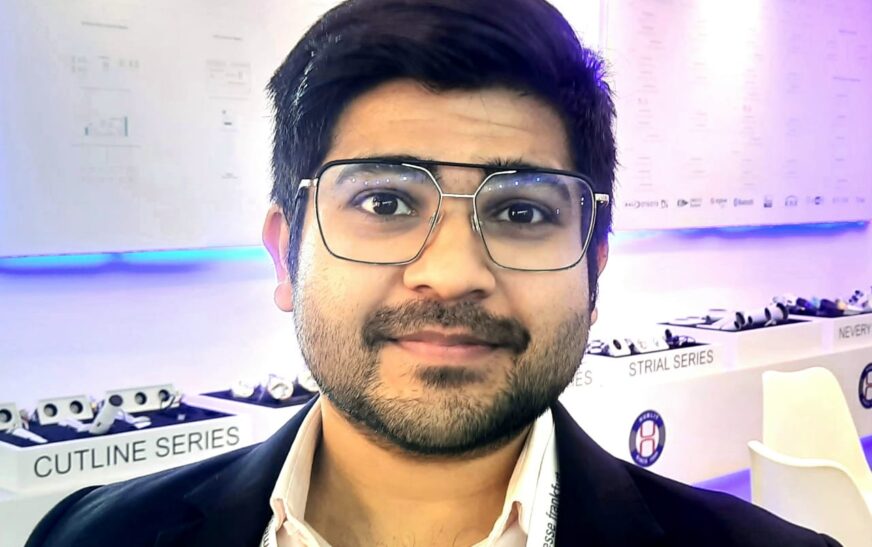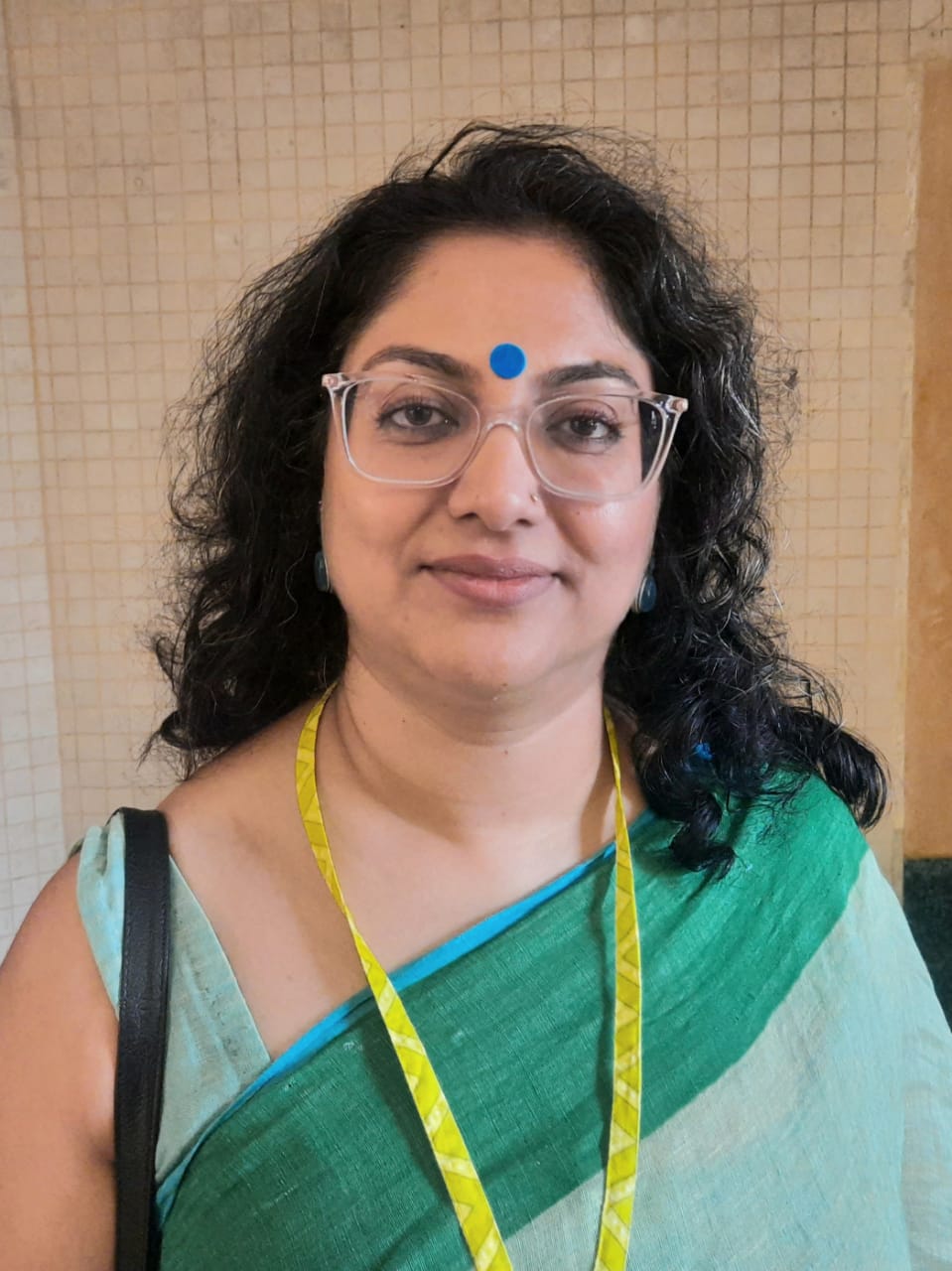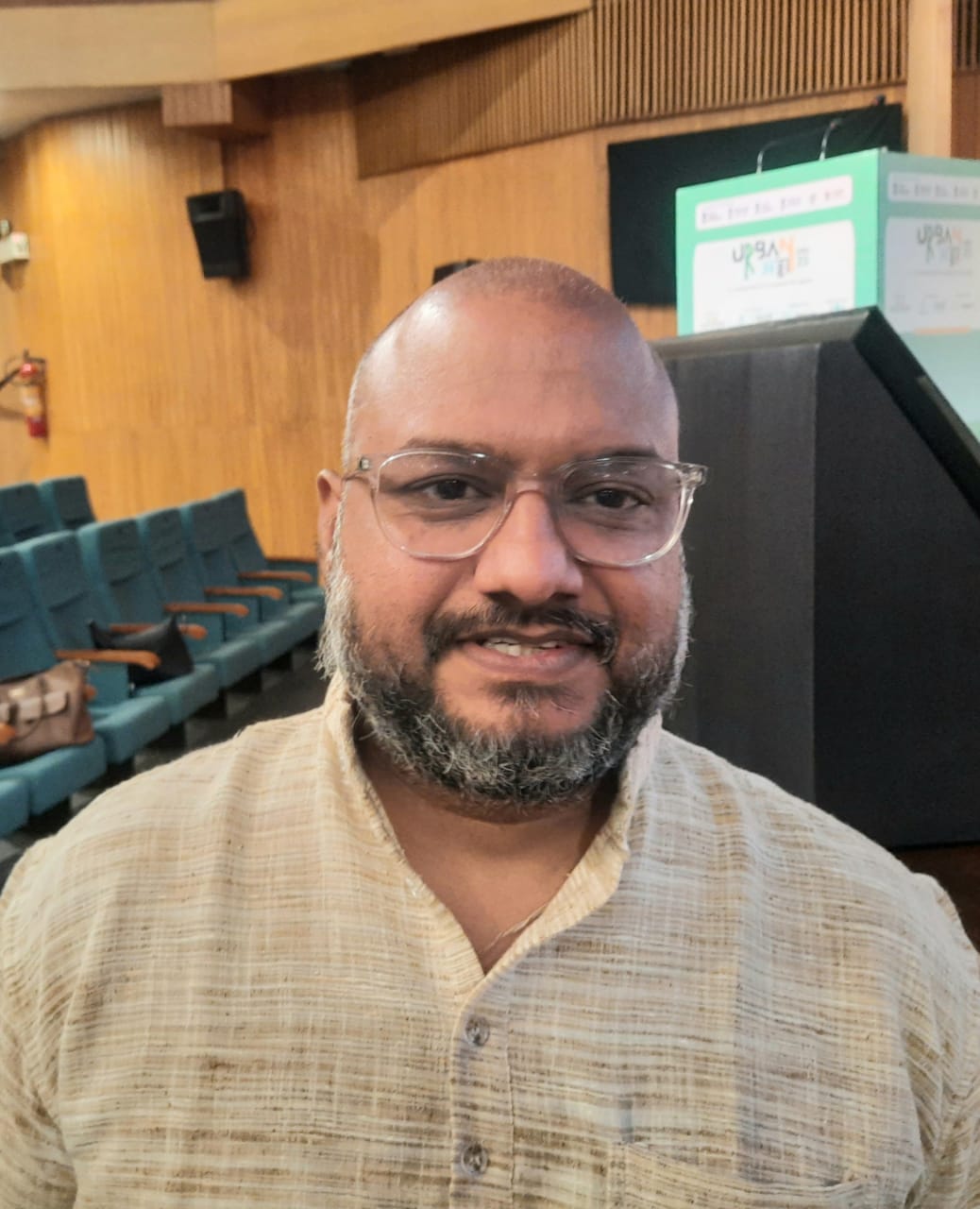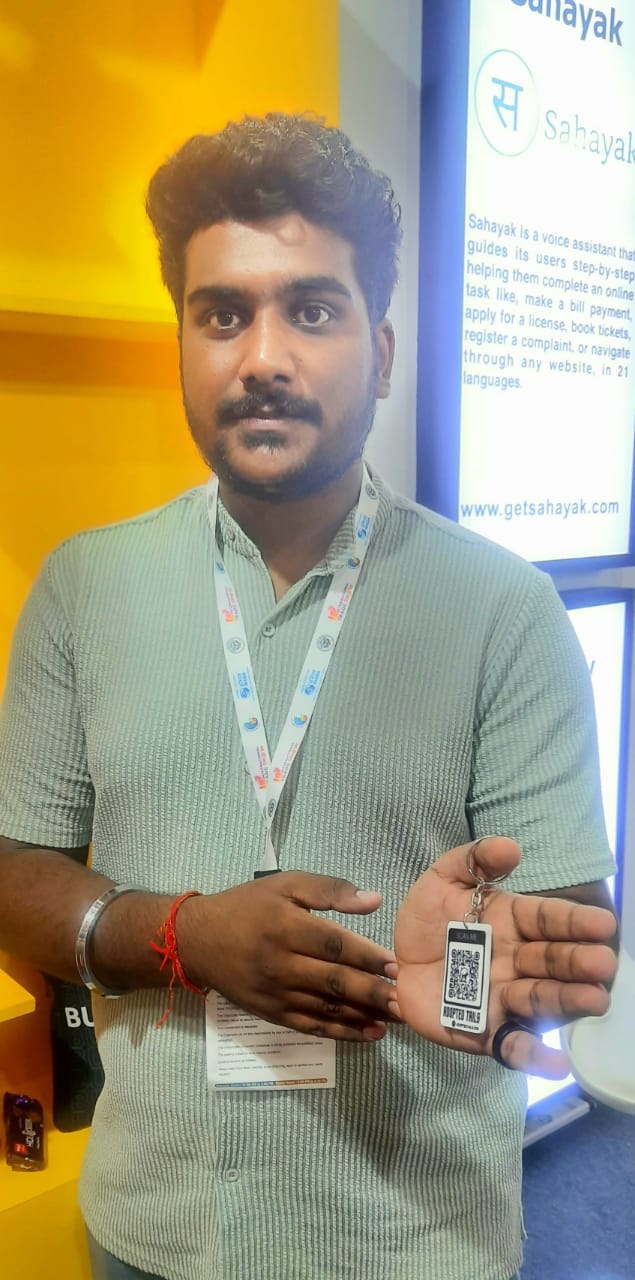Hublit adds significant value by crafting smart lighting solutions that are both beautiful and functional. Founded in 1990, the company’s lighting philosophy revolves around its seamless interaction with the surrounding environment. Hublit is dedicated to pioneering smart lighting technologies that enhance their surroundings and capture attention at the point of sale. Through a blend of keen insight and rigorous research, Hublit creates retail lighting solutions that adhere to the highest global standards in both technology and design.
The company’s commitment to service and direct client engagement has led to the development of many enduring relationships. Hublit supports its partners and clients at every phase, from offering innovative lighting concepts that excel in both aesthetics and functionality to ensuring precise, architecturally fitting installations that are versatile across various environments.
In an exclusive conversation with The Interview World, Akshay Aggarwal, CEO of Hublit Lighting Pvt. Ltd., discusses the smart lighting technologies his company is developing. He delves into the size of the industry, Hublit’s market share, and the company’s growth trajectory. Aggarwal also highlights his company’s innovations over the past decade, shares insights on recent advancements in Bluetooth technologies, and reveals the market’s reception to their products. He emphasizes the global competitiveness of Hublit’s offerings. Here are the key takeaways from his enlightening conversation.
Q: What innovative and smart lighting technologies is Hublit currently developing, and how do they address evolving industry needs?
A: Hublit has been a leading player in the smart lighting and technology sector since 1990—over 34 years of innovation. Our focus has always been on advancing technology, particularly in reducing the size of both smart lighting fixtures and components such as drivers and power supplies. Recently, we have introduced our cutting-edge KNX and DALI solutions, further enhancing our commitment to innovation and efficiency.
Q: How large is the industry you operate in, and what is Hublit’s current market share? Additionally, how do you envision its growth trajectory in the coming years?
A: The smart lighting industry currently ranges between Rs. 2,000 to 4,000 crores, with the tier-1 segment accounting for just 1% of that. In contrast, the unorganized or more affordable market segment is approximately Rs. 20,000 crores. However, we are not targeting that segment at the moment. Instead, we are focused on the Rs. 4,000 crore market.
Our approach prioritizes quality. We refuse to compromise on the components we use, the materials in our casings, or the overall product integrity. As a result, our products are priced slightly higher than those in the Rs. 20,000 crore tier-2 segment. Nonetheless, our long-term vision is to bring smart lighting technologies to the tier-2 market, reaching a larger volume of consumers.
As we scale up production and increase volumes, we anticipate lowering costs. Our goal is not only to fulfill the needs of the Rs. 4,000 crore market but also to expand into the Rs. 20,000 crore market, driving growth across both segments.
Q: What new technologies or innovations has Hublit introduced over the past decade, and how have they impacted the industry?
A: As mentioned earlier, we have introduced Digital Addressable Lighting Interface (DALI) solutions and DMX solutions. We are proud to be the first to offer the RDM (Remote Device Management) solution for DMX, setting a new benchmark in the industry. Additionally, we have developed a comprehensive automation system tailored to meet the unique needs of our clients.
Our approach begins by asking the customer to envision their ideal system. Whether it’s for a residential home, a corporate office, a movie theater, or a retail showroom, we work to bring that vision to life. We provide all the necessary devices to make that dream a reality. For example, if a customer wants a lighting setup that mimics the natural progression of daylight, we can make it happen. Imagine a sunrise at 8 a.m., where the lighting is warmer in tone, gradually shifting to a softer, milky hue by noon. Our system will synchronize with the sun’s movement based on the customer’s GPS location, ensuring the lights adjust accordingly.
Moreover, the system can be integrated with other elements, like windows or blinds. If a customer prefers moderate sunlight, the blinds can automatically open to provide the ideal level of light. In the evening, the system will adjust the lighting to reach a specific lux level, and if desired, the blinds will open for an hour before closing again at night.
This automation system is designed to enhance both convenience and efficiency, offering a seamless integration of technology that works in harmony with the environment.
Q: What recent advancements in Bluetooth solutions are shaping the market or industry, and how is Hublit leveraging these developments?
A: Over the past decade, Bluetooth and wireless solutions have emerged, but initially, they suffered from poor customer experiences. The devices often failed to respond reliably—pressing a button might require multiple attempts before it worked. Thankfully, the industry has seen a dramatic transformation. Today, the quality of Bluetooth devices has significantly improved, not just in materials but in performance as well.
At Hublit, for example, we ensure a 0% address loss certification, setting a high standard for reliability. While I can’t speak for all brands, it’s clear that the entire industry has made strides in enhancing the customer experience. Bluetooth devices, which have been around for 10 to 12 years, are now offering greater consistency and satisfaction for both designers and suppliers. This ongoing improvement is a testament to the industry’s commitment to refining wireless technology.
Q: What kind of response has Hublit received from the Indian market and its consumers?
A: We have just launched our products in the market, and we’ll see how it unfolds. In the Indian market, there is still a gap: consumers seek value but are not always willing to pay the corresponding price. However, this gap is gradually narrowing. Why? Because consumers’ spending capacity is steadily increasing.
Unlike others, we are not focusing solely on volume to drive down prices. As the market evolves and purchasing power grows, we are confident that we will eventually be able to cater to the entire market.
Q: How do your products measure up in terms of global competitiveness?
A: Globally, our products are 100% competitive.









